 ‘Four things to see’ is sponsored by Bloomberg Connects, the free arts and culture app. Bloomberg Connects lets you access museums, galleries and cultural spaces around the world on demand. Download the app here to access digital guides and explore a variety of content.
‘Four things to see’ is sponsored by Bloomberg Connects, the free arts and culture app. Bloomberg Connects lets you access museums, galleries and cultural spaces around the world on demand. Download the app here to access digital guides and explore a variety of content.
Each week we bring you four of the most interesting objects from the world’s museums, galleries and art institutions, hand-picked to mark significant moments in the calendar.
‘It is extraordinary to see the sea; what a spectacle! She is so unfettered that one wonders whether it is possible that she again become calm,’ wrote Claude Monet in 1886. The sea has posed a technical challenge for artists throughout history. Some of the most famous examples of the subject are Katsushika Hokusai’s The Great Wave off Kanagawa (1831) or the brooding tempests of J.M.W. Turner. What unites such disparate works is the seriousness of the artist’s attempt to capture the shifting moods of the ocean in paint.
It is not only the technical challenge that is so appealing to artists. The sea encompasses natural wilderness and human endeavour, sublime tranquility and tumultuous power; it is a source of both inspiration and trepidation.
American artist Winslow Homer was born on 24 February 1836 and became especially recognised for his evocative seascapes, which captured the beauty and power of the ocean. To celebrate Homer’s birthday, this week we take a look at four seascapes, including one by the Boston-born painter.
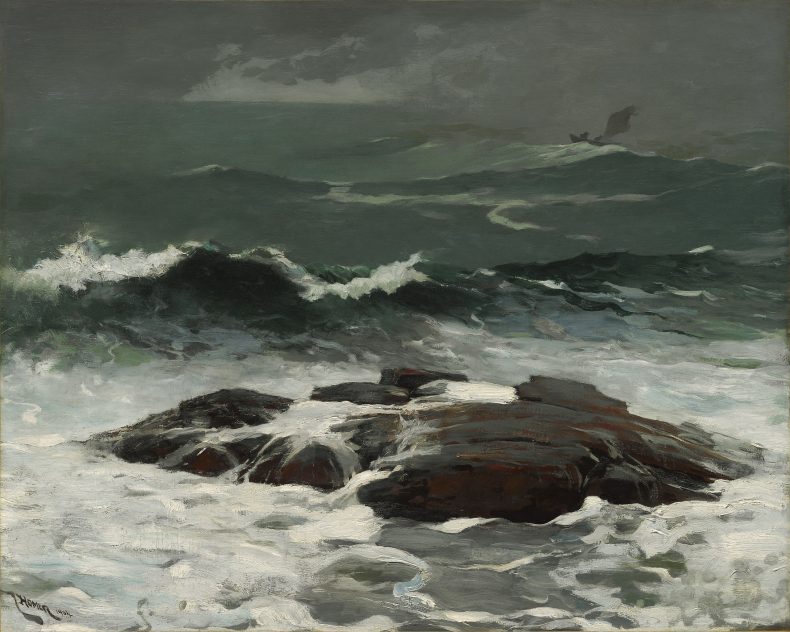
Summer Squall (1904), Winslow Homer. Sterling and Francine Clark Art Institute, Williamstown
Summer Squall (1904), Winslow Homer
The Clark Institute, Williamstown
Thick white brushstrokes capture the surging foam of this stormy Maine scene. By this late stage of his life, Homer had mostly left behind his interest with man’s relationship with the sea and the forces of nature more generally, and instead focused on the dynamic drama of the sea itself in a series of paintings that remain among his most widely admired. Click here to find out more.
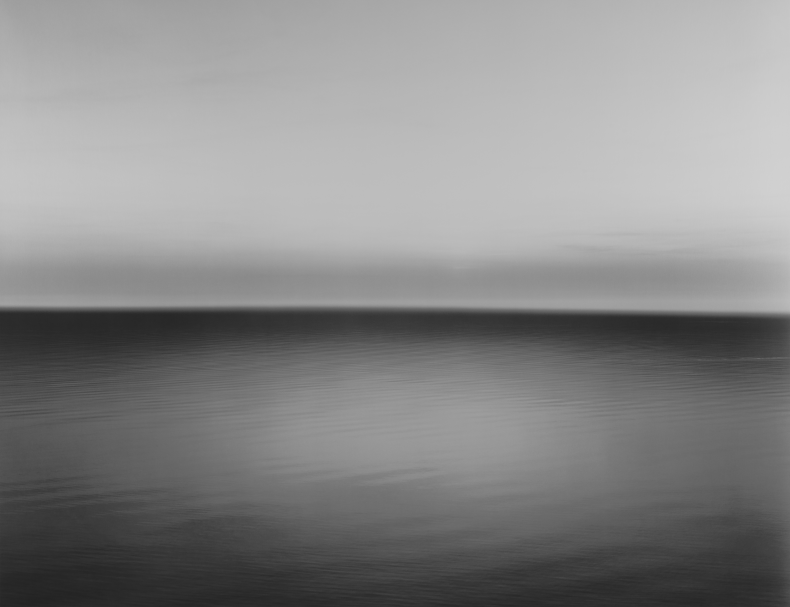
Boden Sea, Uttwil (1993), Hiroshi Sugimoto. Hayward Gallery, London; © and courtesy the artist
Boden Sea, Uttwil (1993), Hiroshi Sugimoto
Hayward Gallery, London
Recently on display at the Hayward Gallery as part of the largest ever survey of Sugimoto’s work, Boden Sea, Uttwil is characteristically luminous and timeless, devoid of any sign of human intervention or any movement beyond the faintest ripple. It is no wonder they are often compared to eerie moonscapes or scenes from deep space rather than something closer to home. Click here to find out more on the Bloomberg Connects app.
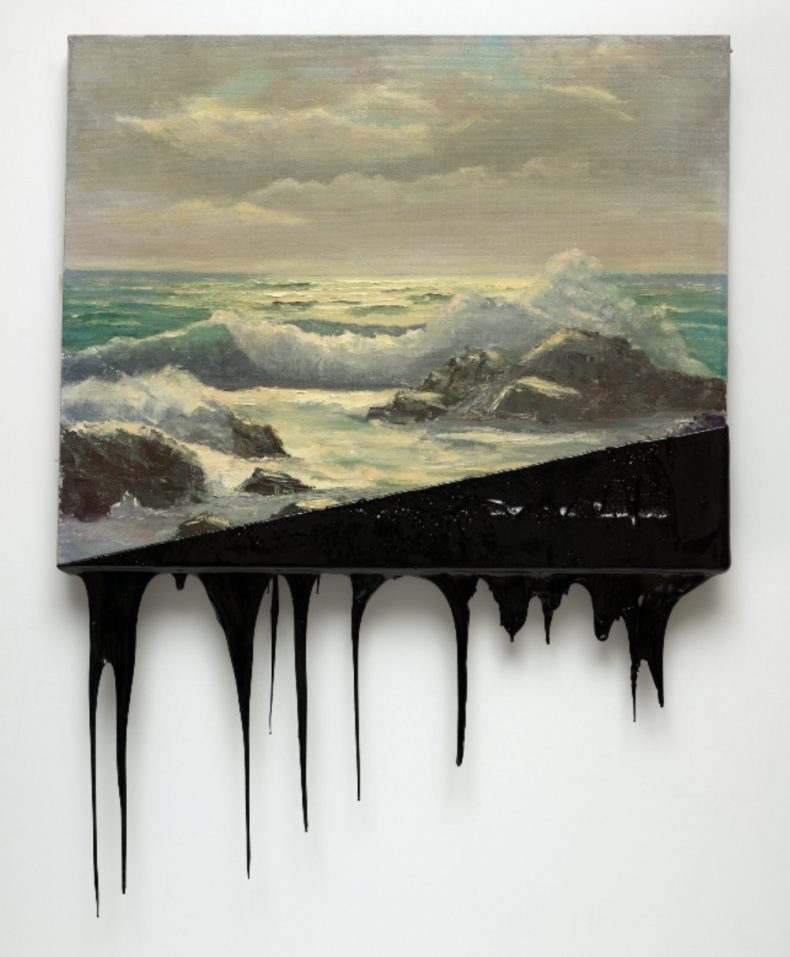
Flores Sea (2021), Minerva Cuevas. San Francisco Museum of Modern Art; © Minerva Cuevas
Flores Sea (2021), Minerva Cuevas
San Francisco Museum of Modern Art
A traditional rocky seascape is dipped into dripping black tar, a substance that occurs naturally but is also commonly found amid petroleum by-products or in industrial spills. In Flores Sea, Cuevas refuses the idealising tendencies often found in nature-centric work and instead confronts us with the tarred and tarnished reality of ecological disaster. Click here to discover more.
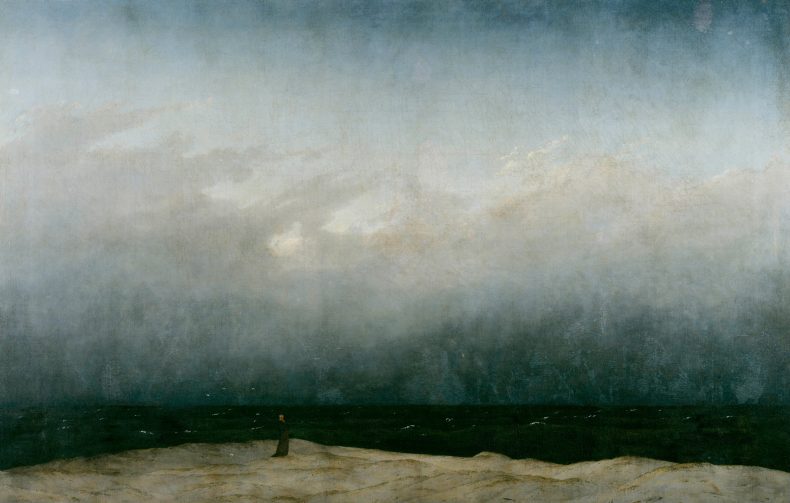
Mönch am Meer (‘Monk by the Sea’) (1808–10), Caspar David Friedrich. Photo: Andres Kilge; Alte Nationalgalerie, Berlin State Museums
Mönch am Meer (‘Monk by the Sea’) (1808–10), Caspar David Friedrich
Alte Nationalgalerie, Berlin
A solitary figure in a black robe gazes out across the dark, choppy sea to a bruised horizon, while gulls dart and drift around him, their white forms echoing the hint of foam on the sea below. Friedrich’s romantic masterpiece evokes the overwhelming infinity of the ocean and a deep sense of isolation that invites quiet contemplation. Click here to find out more.
![]() ‘Four things to see’ is sponsored by Bloomberg Connects, the free arts and culture app. Bloomberg Connects lets you access museums, galleries and cultural spaces around the world on demand. Download the app here to access digital guides and explore a variety of content or scan the QR code.
‘Four things to see’ is sponsored by Bloomberg Connects, the free arts and culture app. Bloomberg Connects lets you access museums, galleries and cultural spaces around the world on demand. Download the app here to access digital guides and explore a variety of content or scan the QR code.
Unlimited access from just $16 every 3 months
Subscribe to get unlimited and exclusive access to the top art stories, interviews and exhibition reviews.

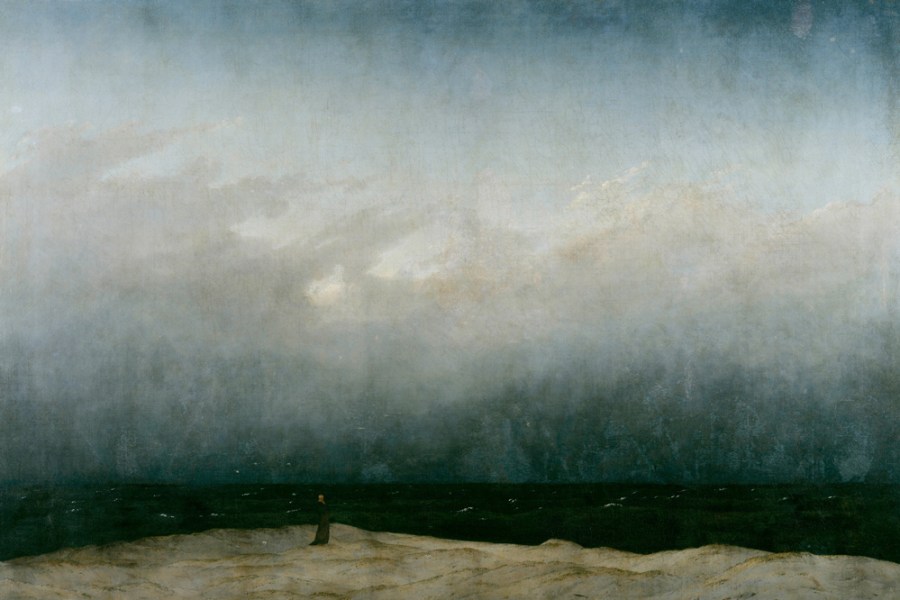
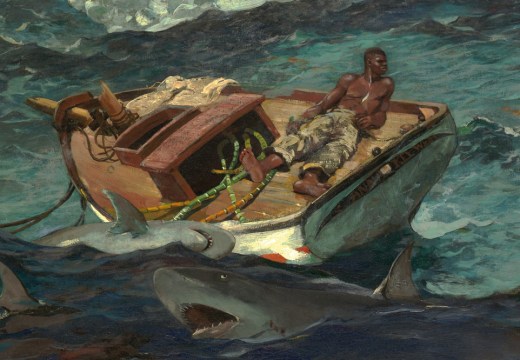
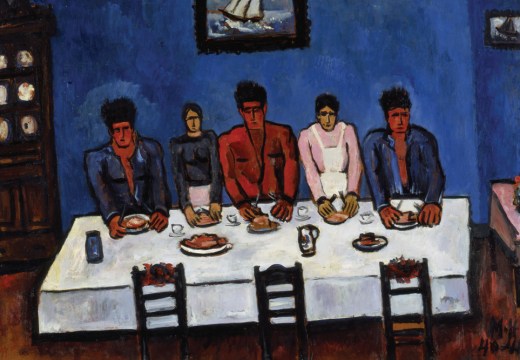
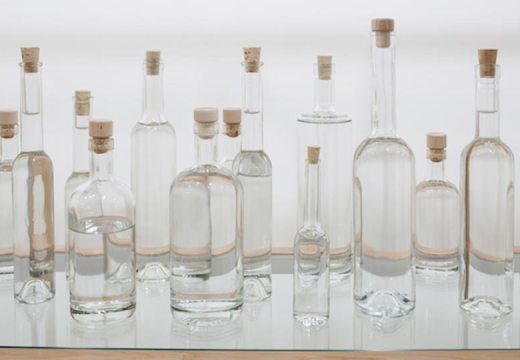









![Masterpiece [Re]discovery 2022. Photo: Ben Fisher Photography, courtesy of Masterpiece London](http://www.apollo-magazine.com/wp-content/uploads/2022/07/MPL2022_4263.jpg)
It’s time for the government of London to return to its rightful home